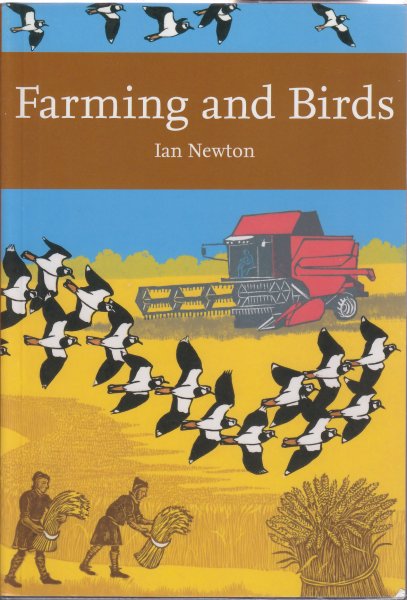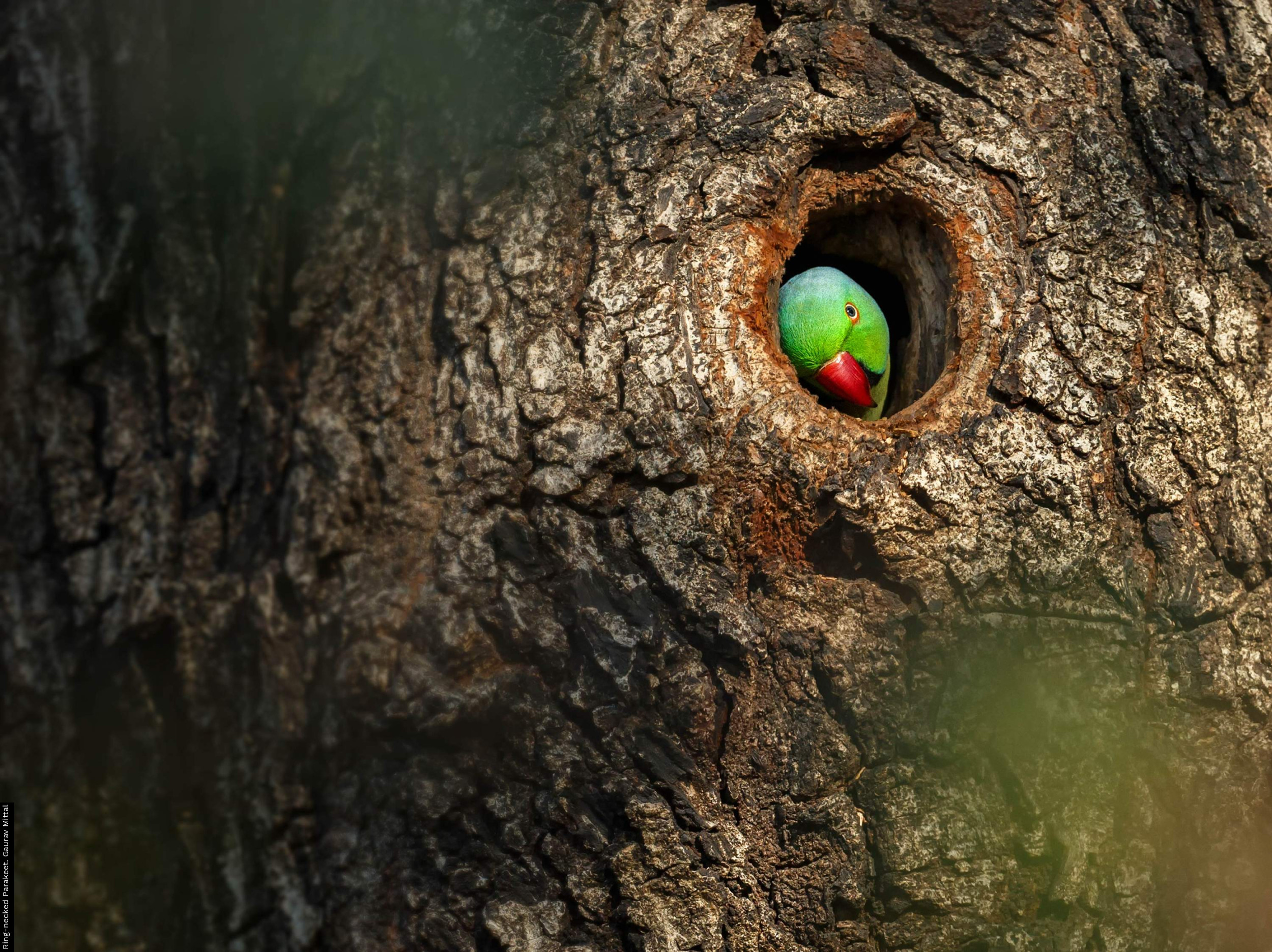
Publisher: William Collins, London
Publication Year: 2017
Binding: Hardback
Page Count: 628
ISBN Number: 9780008147891
Price: £ 64.99
Farming and Birds
Land-use in rural Britain has experienced many changes over the centuries but since 1950 it has undergone an astonishingly rapid and virtually universal transformation. The management of arable crops and grassland is utterly different to 80 years ago and yields have massively increased. Key drivers of this ‘agricultural revolution’ include supremely efficient mechanisation and huge reliance on agrochemicals. Over this period, populations of birds and other wildlife on farmland have fallen dramatically – a familiar story to many readers of BTO News. This book is a masterly and wide-ranging account of the consequences for bird populations of these recent shifts in British farming practices.
Ian Newton’s perspective on one of the greatest environmental issues of modern times is especially valuable, having personally researched birds throughout the decades when agricultural intensification was at its height. He is careful not to blame the farmers who have essentially been implementing government policy. Nonetheless, the point is made that virtually all aspects of the numerous and complex changes that have occurred in lowland agriculture have been harmful to wild plants and animals. It has proved difficult to disentangle the ecological effects of one particular change from another – for example to determine the relative effects of increasing use of pesticides, the simplification of crop rotations and the shift to autumn sowing. Despite these technical challenges, the evidence is overwhelming that the declines in birds and other wildlife have been driven predominantly by the intensification of lowland agriculture. Put simply, ever more production has been squeezed out of the land, leaving dwindling opportunities and resources for wildlife. The situation differs in the uplands where hill farming does not rely on agrochemicals but grazing pressure, mainly by sheep, has large impacts on vegetation and habitat quality for birds. Although farming practices have fundamentally driven most of the observed declines in farmland wildlife, predation by increasing numbers of corvids and mammalian predators, has probably increased in importance, especially for ground-nesting birds, and may now inhibit recovery of some species.
The colossal amount of research on the environmental impacts of agriculture and on approaches to softening these impacts is synthesised in an accessible way, with helpful conclusions throughout. Several chapters make it abundantly clear how land management has influenced huge declines in food for birds, especially invertebrates and seeds. However, one chapter above all others makes a sobering read – chapter 8 lays out the full implications of the ongoing massive reliance on pesticides, bringing the issue right up to date with a discussion of neonicotinoids. Two chapters are devoted to agri-environment schemes which have delivered some positive outcomes, as have local conservation initiatives, but the declines have continued and much of the countryside still supports a diminished wildlife. The restoration challenges are immense and essentially are ones of scale.
This book should become a classic account of how land-use policy can have profound and rapid effects on the other species with which we share the land. It deserves to be widely read, including, one hopes, by the policy makers of the future.
Book reviewed by Rob Fuller






Share this page